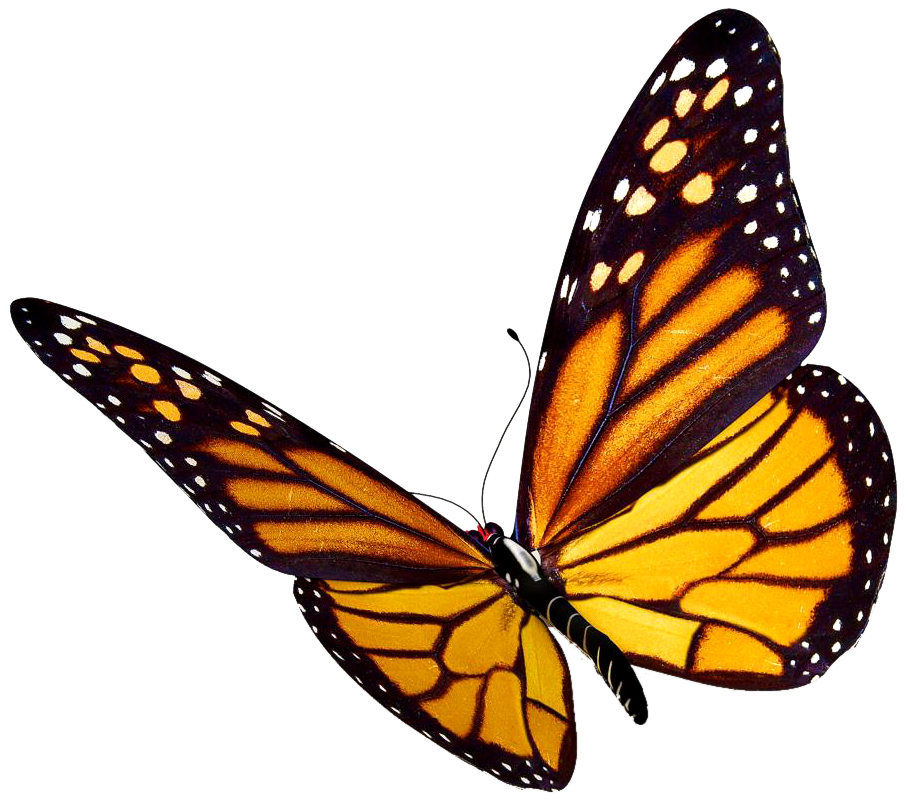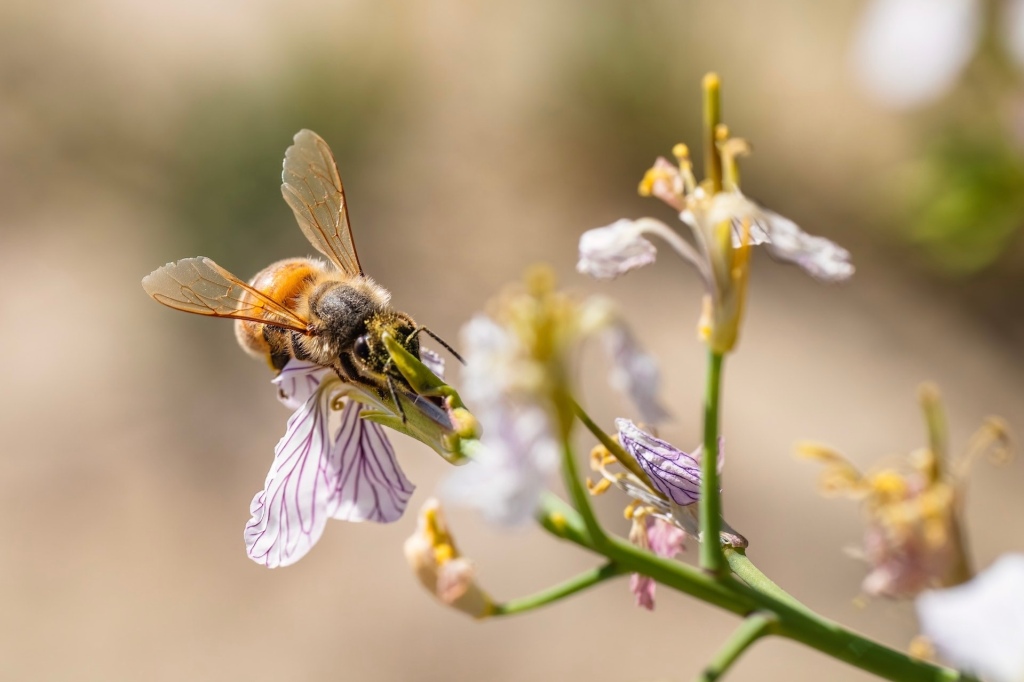
Neonicotinoids – or neonics – are the fastest growing group of agricultural insecticides. Highly toxic to invertebrates, they work by compromising the central nervous system, leading to eventual paralysis and death. Neonics are a systemic pesticide meaning that they work from within. They’re typically applied in the form of a seed dressing, planted into the ground and, as the crop grows, are absorbed and transported throughout the plant, from the roots to the leaves.
By 2008, neonicotinoids already enjoyed a 24% share of the €6.330 billion insecticide market. This agrochemical boom was due to neonicotinoids’ great potential in minimising the harmful pests which may jeopardise entire harvests. To illustrate, research conducted in the UK highlighted significant reductions in rapeseed yield with the presence of peach potato aphids; however, vulnerable to pesticides, these aphids could be combated with neonicotinoids, improving overall harvest. Furthermore, staple crops across the globe, such as maize and barley, could fall 40% without neonics, as well as costing the EU economy 70 billion euro. Findings like these suggest neonics may be crucial for food security, which is currently threatened under factors including climate change and rapid population rise.

In the UK, one neonic is approved: acetamiprid. Acetamiprid is freely showered over cereal crops, orchards and ornamental pot plants. While neonics come with their cons, it has been reported that farmers who use neonicotinoid seed coatings decrease the number of subsequent foliar insecticide sprays. This, perhaps, is due to the long-lasting effect of the neonic alone meaning excessive follow-ups are unnecessary.
However, by April of 2018 many neonicotinoids sub-types were banned in the EU: imidacloprid, clothianidin and thiamethoxam, and later thiacloprid. This was due to neonics, with their water-soluble and relatively mobile qualities, causing toxic run-off into neighbouring aquatic space – as well as potential impact on earthworms below, and birds above via seed ingestion. Although, the most critical point of concern is that of pollinator mortality. This includes bees, butterflies and moths, with honey bees being of primary significance. Neonicotinoids have been shown to hinder bee colony growth as well as Queen production. This detriment, in and of itself, impacts biodiversity in agricultural ecosystems and, therefore, is likely to have many knock-on effects that have not yet been sufficiently researched.
As neonicotinoids are systemic pesticides, the toxic chemical compound can be found within the nectar of fruiting plants. This nectar is what bees turn into honey. In a global citizen science survey of neonicotinoid contamination, researchers discovered that 75% of the honey samples – from across all continents except Antarctica – contained ‘quantifiable amounts of at least one neonicotinoid’. That being the case, these agrochemical insecticides are not only directly impacting bees and biodiversity, but are also present in the food we eat. What is more important for food security, the quantity of crops or the quality?

It has been estimated that 75% of global food crops depend on pollinator activity. The honey bee (Apis mellifera) is regarded as the key global pollinator, responsible for at least 90% of commercial pollination. Without this vital process, food yield would fall, globally. Thus, pollinator loss endangers food security much more than crop loss due to pests.
Other, natural, methods of pest control may be more viable than lacing open grasses with neonicotinoids. New sustainable agricultural methods including permaculture and rewilding, provide natural pest mitigation through plants themselves, more specifically by companion planting. By embedding sage, catmint, basil or chive amongst harvest crops, farmers and gardeners can deter aphids and other insects through strong smell, colour and form. Alternatively, accommodating potential for natural predation – by ladybugs, hedgehogs, lacewings, birds and frogs – can organically reduce the presence of aphids, slugs and such. The most objective and straightforward route is to implement barriers and deterrents using eggshells, straw or copper piping, notoriously dissuading to slugs.
Fundamentally, if crop yield cannot provide sustenance without the use of noxious chemicals, the food supply system is simply unsustainable.


Leave a comment